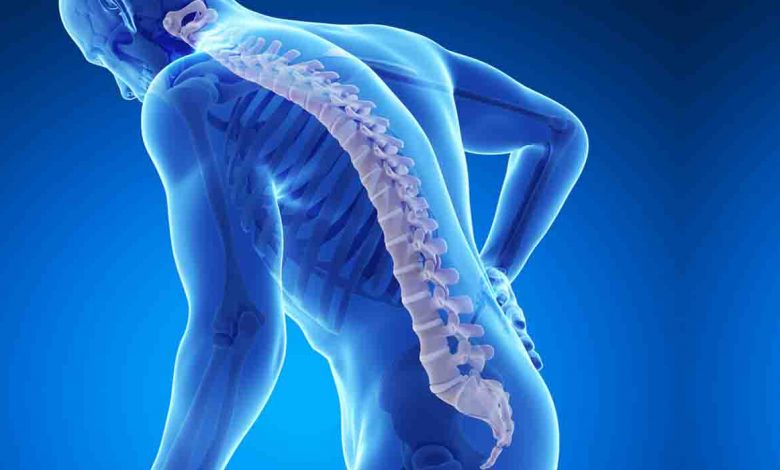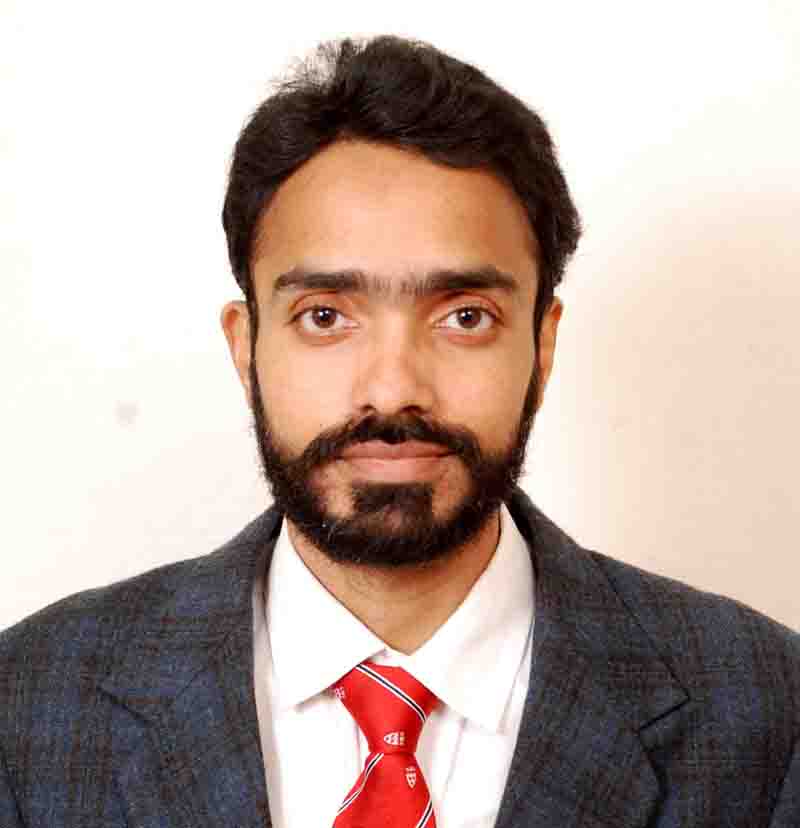Osteoporosis- a serious orthopaedic disease

Monday, 09 August 2021 | Dr Gaurav Sanjay
GUEST COLUMN
 Dr Gaurav Sanjay
Dr Gaurav Sanjay
Osteoporosis affects both men and women of all races but Asian women especially, post menopausal are at high risk. Certain medications like steroid and anti-epileptic drugs and certain diseases like hyperthyroidism, diabetes, unhealthy diet, and sedentary work increase the chance of osteoporosis. Osteoporosis can be diagnosed by taking medical history, physical examination along with blood, urine and x-rays. But the gold standard test nowadays, is to measure the Bone Mineral Density, which can be measured by DEXA Scan and can help to confirm the diagnosis of osteoporosis.
Osteoporosis is such a serious health issue that being an orthopaedic surgeon I see at least one new or old fracture in a day in my clinical practice. It maybe by chance or it may also be the true picture of osteoporosis that some time I have seen three different patients of osteoporosis having fractures of spine, hip and wrist which are the common osteoporotic fractures. I had three successive patients, one a 91 year old male- have gradual onset of back pain. He had fracture of D 12 vertebra without any obvious injury in the back. Another patient, 97 year old female sustained left hip fracture due to slip from bed at night. And the third patient came with right wrist fracture who was 50 year old post menopausal female. I would like to mention here that this is the common scenario of osteoporotic fracture not only in my OPD but in all orthopaedic OPDs.
The fracture alone is itself a problem but because of their increased age they are having co-morbidities like diabetes, hypertension, cardiac ailments and asthma which further increase their morbidity and make the anesthesia and surgical procedure more risky. Surgical complication which often needs to be dealt in spite of using good quality implants, is loosening and breakage of implants along with cut through of the implant through the bone like “a knife through soft butter”. There post operative recovery is often unpredictable when they have a bag of co-morbidities with them. Hence these patients and attendants need good understanding about osteoporotic fracture and its rehabilitation which is often long. Here I would like to mention that in spite of the best treatment, even in developed nations, one-third of hip fracture patients die within a year despite receiving the best surgical procedure.
Osteoporosis is more common in people who have deranged hormone levels in their bodies. The reduction of estrogen level in women at menopause is one of the strongest risk factor for developing osteoporosis. Similarly in men, the gradual reduction in testosterone level, increases the chance of osteoporosis which usually occurs after 70 years. In males, prostate cancer reduces the testosterone level. Hyper activity of thyroid gland or over prescription of thyroxin medication can enhance the osteoporosis. Over activities of other glands like parathyroid and adrenal glands can induce pre-mature osteoporosis.
Uterus removal (hysterectomy) is a common procedure in gynecological practice done in women for abnormal uterine bleeding. The pre-menopausal uterus removal is associated with subsequent long term reduction of progesterone secretion. If it is accompanied with removal of ovaries as well then estrogen levels are also bound to decrease. Therefore, after hysterectomy, these women experience greater, gradual bone marrow density reduction and more bone density loss than women with an intact uterus. The patients are more prone for developing osteoporosis and subsequent osteoporotic fractures too. These patients need the hormone supplementation. It is suggested that women should retain the uterus until unless they have developed the disabling or life threatening problems. A scientific study reported a two fold increase of osteoarthritis also in these patients. Hysterectomy not only induces bone osteopenia and osteoporosis which weaken the bones, these patients subsequently also develop premature osteoarthritis along with knee deformity, which further progresses to osteoarthritis. It is also noticed that these women developed pre mature senile changes which are more prominently seen as skin changes.
Prevention is better than cure.This proverb is more relevant in osteoporotic fracture. Hence, efforts should be made to prevent thesefractureswith a balanced and a nutritious diet which is rich in calcium and vitamin D. Routine physical activities should be undertaken to maintain bone health and achieve peak bone mass density by 35 years. Consumption of alcohol and smoking should be avoided in all ages.
There are medications which are available in the market, which reduce the pace of resorption of the bone. However, these medications should be taken after physician’s consultation only. The most common drugs used to treat osteoporosis are called bisphosphonate like alendronate and injectable zolidronic acid and teriparatide. Calcitonin is available as a nasal spray, which reduces the bone resorption.
Certain suggestions are made to the general public like keeping the floor dry, particularly of the bathroom. They should have the good visibility at night and not only a night bulb.Provision of handrailing support at public places and even at home around toilet seat must be there to assist the old and frail patients as they often slip in wet bathrooms during the night due to poor vision and poor balance which is a physiological problem at this age. These old patients should be advised to avoid sudden twisting and turning because both these movements are precipitating factors for fracture of hips.In case of a fracture, then it should be treated by early treatment and fixation should be secure so as to mobilize the patient early. The mobilisation of these patients often requires some sort of support in the form of a walking aid.
(The author is an orthopaedic surgeon based in Dehradun. Views expressed are personal)






